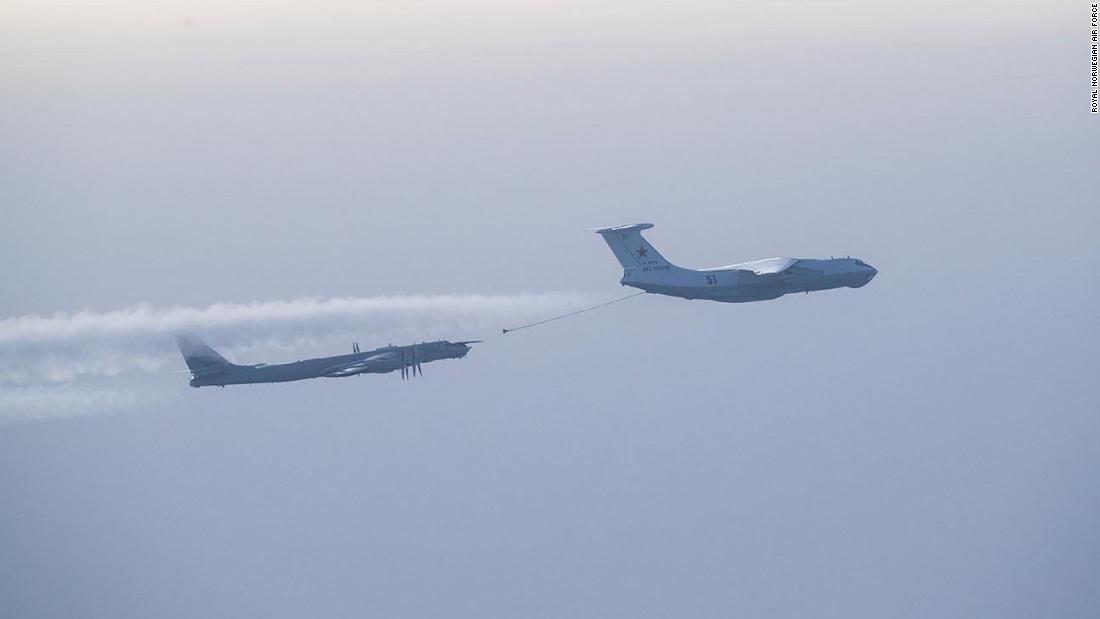A day earlier, Norwegian military airplanes identified and intercepted Russian planes in the High North, a separate NATO release said.
Earlier this week, the US announced it would move 3,000 troops to Germany, Poland and Romania in the face of Russia’s military buildup in Ukraine. Some 1,000 troops will move from Germany to Romania, while another 2,000 will move from the US to Germany and Poland, Kirby said.
The incidents between US and NATO-allied military planes shows that Russia is also testing its boundaries with Europe in the air, as well as on land and by sea.
US F-15 fighter jets quickly reacted to a call from Combined Air Operations Centre Uedem (CAOCUE), which sent the order from its air policing detachment at Amari Air Base in Estonia on Thursday. The call asked for a response to “investigate unknown aircraft transiting through airspace near to the Baltic Seas,” the NATO release said.
The US F-15 fighter jets took flight and intercepted Russian fighter jets operating near NATO-allied air space over the Baltic Sea. British and Norwegian military planes also intercepted Russian planes flying from the Barents into the North Sea in response to the call on Thursday, the release said.
For NATO forces, it was a second day responding to Russian planes flying in the upper North Atlantic region.
On Wednesday, Royal Norwegian Air Force F-35 military planes quickly responded to a call from the Norwegian Control and Reporting Center at Sørreisa. The alert said Russian planes “were detected flying out of the Kola Peninsula,” which shares the same land mass as Finland.
The Norwegian F-35s “launched over the Finnmark coast,” the release said. They identified “and shadowed a Russian A-50 Mainstay aircraft,” before returning to their base.
After that, “the Russian group of aircraft divided up, some returning to Russian airspace while others continued south into the North Atlantic,” the release said.















+ There are no comments
Add yours